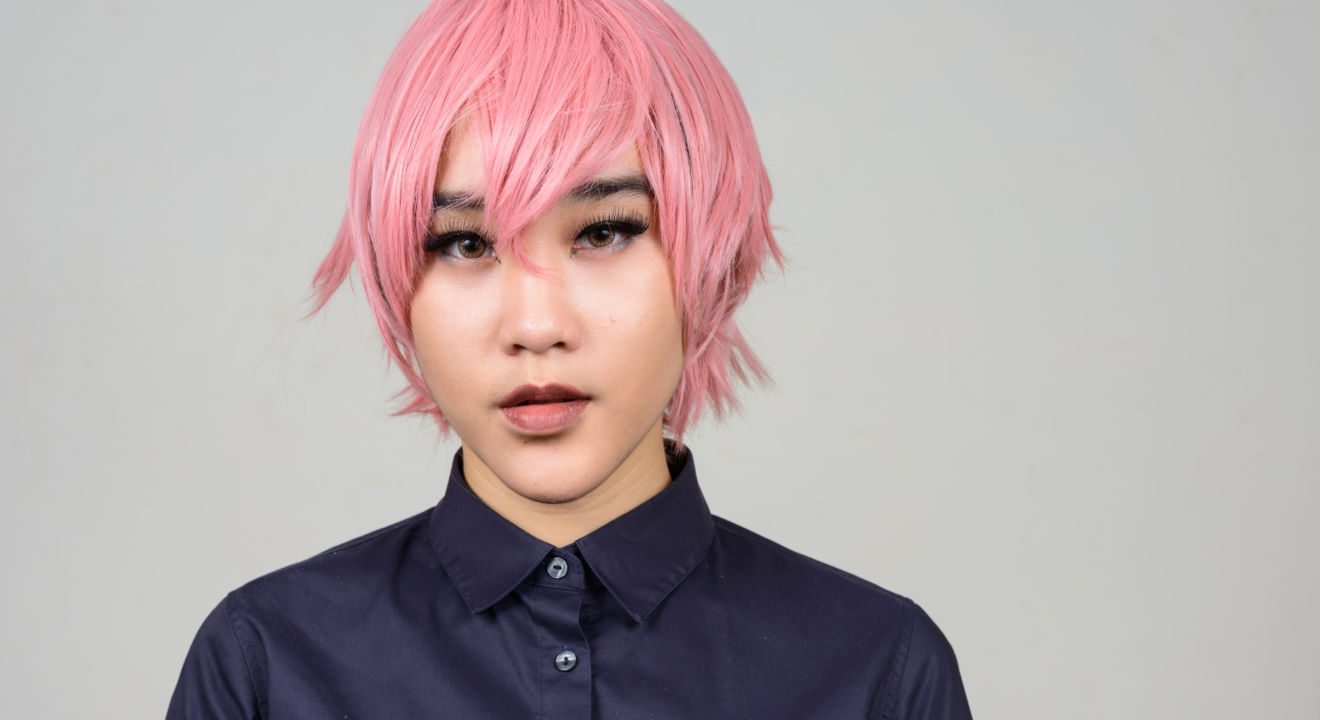Style October 23, 2016


Have you ever wondered why men and makeup just don’t mix? This is likely because masculinity ideals in the West mean that cosmetics for men are deeply taboo. However, as people steadily fight for a more accepting and progressive world, this perception is frequently challenged. In light of Marc Jacobs’ #MalePolish movement, CoverGirl appointing their first male ambassador, the #MakeupIsGenderless trend and other binary-breaking cultural revolutions, makeup is changing for men in particular.
There is no denying that, historically, men in Western culture have been bound to social “no-nos” that keep the fragile concept of masculinity intact. Anything that could imply femininity is avoided, which is why men who choose to ignore the rules, such as Jaden Smith (who ignited controversy in the media for his androgynous style of dress), end up shocking people just because of their binary-bending nature.
But times are changing and with them are the preconceived notions of who is allowed to wear what. Enter YouTuber The Beauty Boy, who began a now-viral campaign through the hashtag #MakeupIsGenderless. Alongside a before-and-after makeup selfie on Instagram, the social media star wrote, “Our sex should be completely irrelevant. I honestly believe make-up can change certain individuals’ lives. It enables you to put your best face forward, and this means that people suffering from acne, scarring, rosacea, pigmentation, birthmarks, vitiligo and many other conditions can use make-up just to feel ‘normal.’”
In a world where confidence about one’s appearance contributes greatly to one’s quality of life, removing the gender of makeup has the potential to greatly increase men’s satisfaction with their body image.
Sadly, it’s difficult to battle a stigma that is strongly supported by a mainstream media obsessed with traditional masculinity. Though IMG may now have Zach Miko as their first plus-sized model, even the thinking behind a supposedly positive casting is dishearteningly narrow. Miko, who admittedly sports a 40-inch waist, is still extraordinarily muscular and tall. Basically, the new message hasn’t strayed far from the path – you can be plus-sized as a man as long as you’re also ridiculously buff; you can be a little different as long as you’re still highly masculine.
Not surprisingly, this means that makeup is essentially a non-existent option for most men. Although makeup may be able to cover up physical insecurities, it cannot cover the visceral fear that many straight men have at the very idea of wearing it.
Unfortunately, due to persistent homophobia in our culture, one doesn’t have to look far to understand that mainstream society views men in makeup as unattractive. The brave few men that dare to wear makeup in public are frequently part of the LGBTQ community. And since “feminine” practices have been long associated with belonging to the spheres of women and gay men, even this is problematic.
In reply to a question on Reddit, “Any straight men wear makeup?” one user commented, “This question, as a gay guy, offends me a bit. Why do you need to specify if straight men wear make-up? It implies gay men do. I do not. Many, if not most gay men do not.” Regardless of sexual orientation, anything deemed “feminine” is seen as a threat to what it means to be a man. In our world of deeply internalized misogyny, there is nothing worse than being viewed as a “feminine man.”
This is where Marc Jacobs comes into play. A couple months ago, the famous designer began posting weekly Instagram posts titled “Mani Mondays,” which featured his ornately painted nails. Captioned with the hashtag #MalePolish, this trend soon gained a following of men who revealed pictures of their own manicures and pedicures.
Though somewhat safe in his seat at the height of the fashion world, Marc Jacobs has been playing with gender binaries for quite awhile now. Responsible for the most “groundbreaking” beauty look on the spring/summer 2015 runway, Jacobs required his models to grace the catwalk completely makeup free.
Though we can definitely do better (cue some major side eye at the media), there is no denying that Jacob’s ability to flirt with gender is impressive – namely because of the nonchalant attitude he possesses. Case in point: One time he showed up to the Met Gala in a black lace dress he designed himself because he “didn’t want to wear a tuxedo and be boring.”
Of course, there have been many men besides Jacobs who have dared to upend gender codes in the public sphere. (Think Boy George, Prince and Brian Molko.) But in order to ensure that the “rules” of masculinity evolve, persistent rule-breaking is a must. If a man chooses to add a touch of highlighter to his cheekbones, it should be as socially acceptably as a woman throwing on a pair of blue jeans.
As Marc Jacobs and other revolutionaries illustrate, the dresses, nail polish and makeup one chooses to wear hardly represent the entire being. Though these items serve to add a little statement and flare to everyday life, they are just material things and do not define the man or woman wearing them.